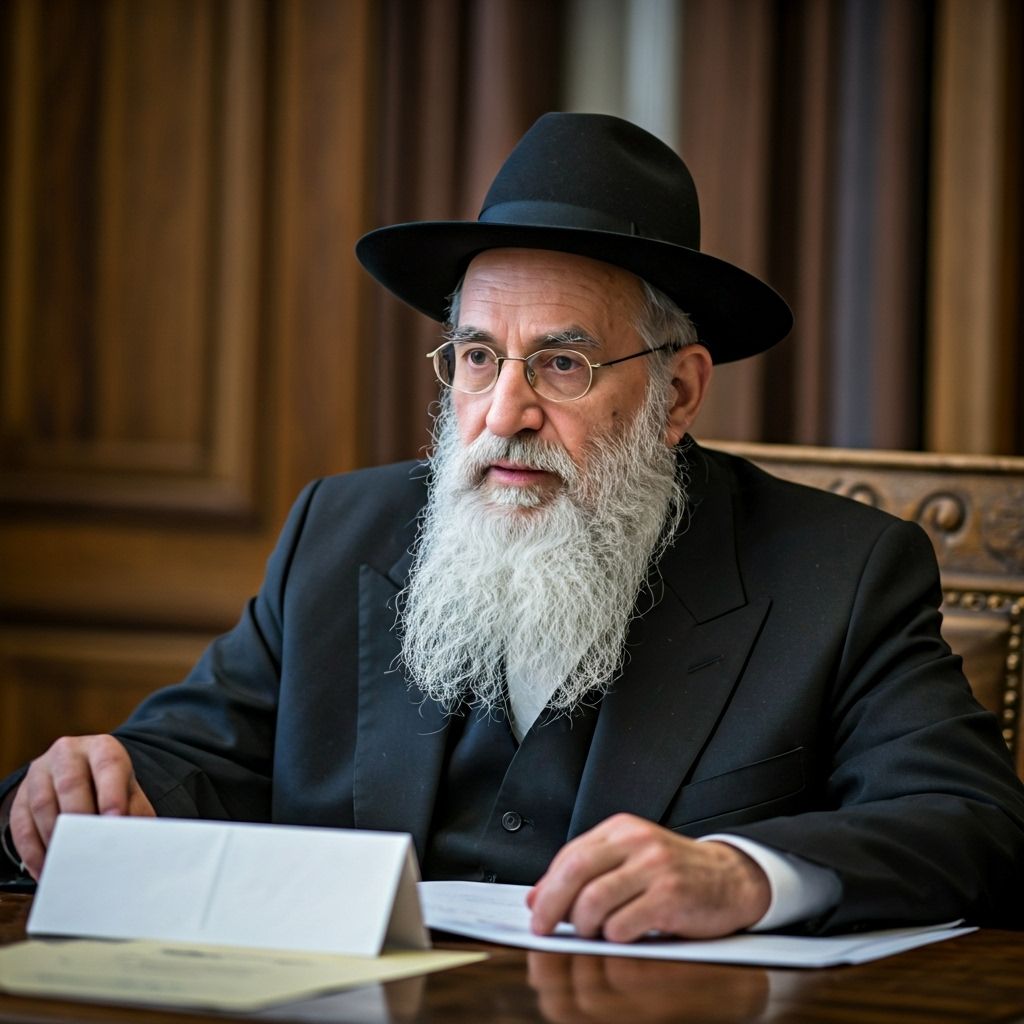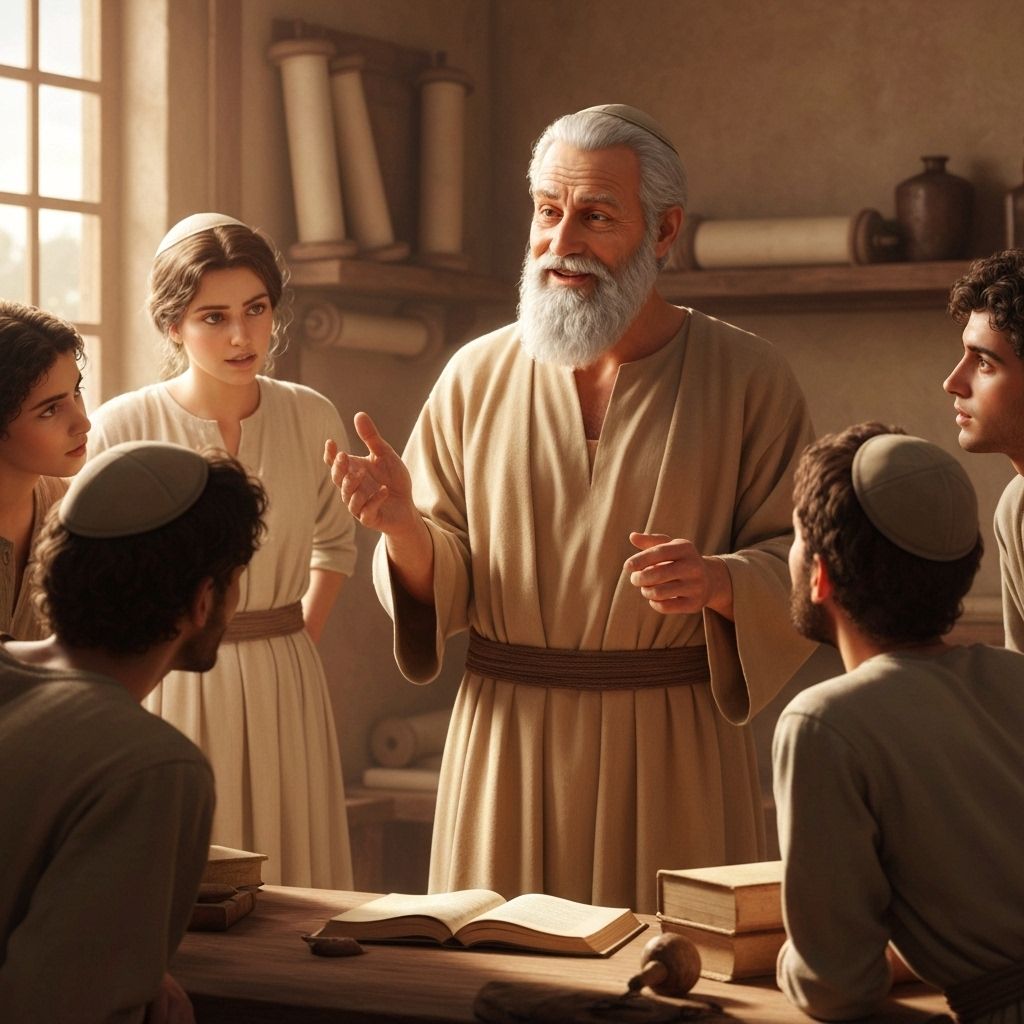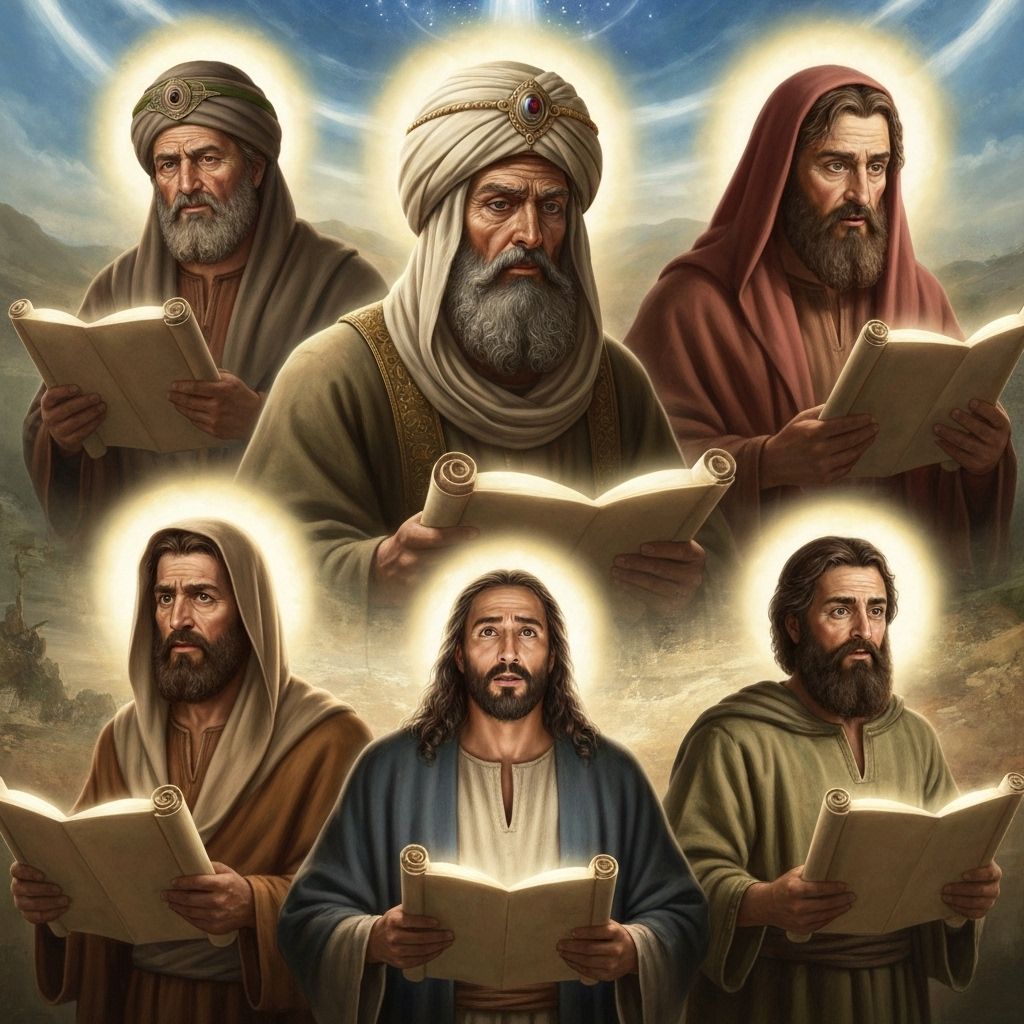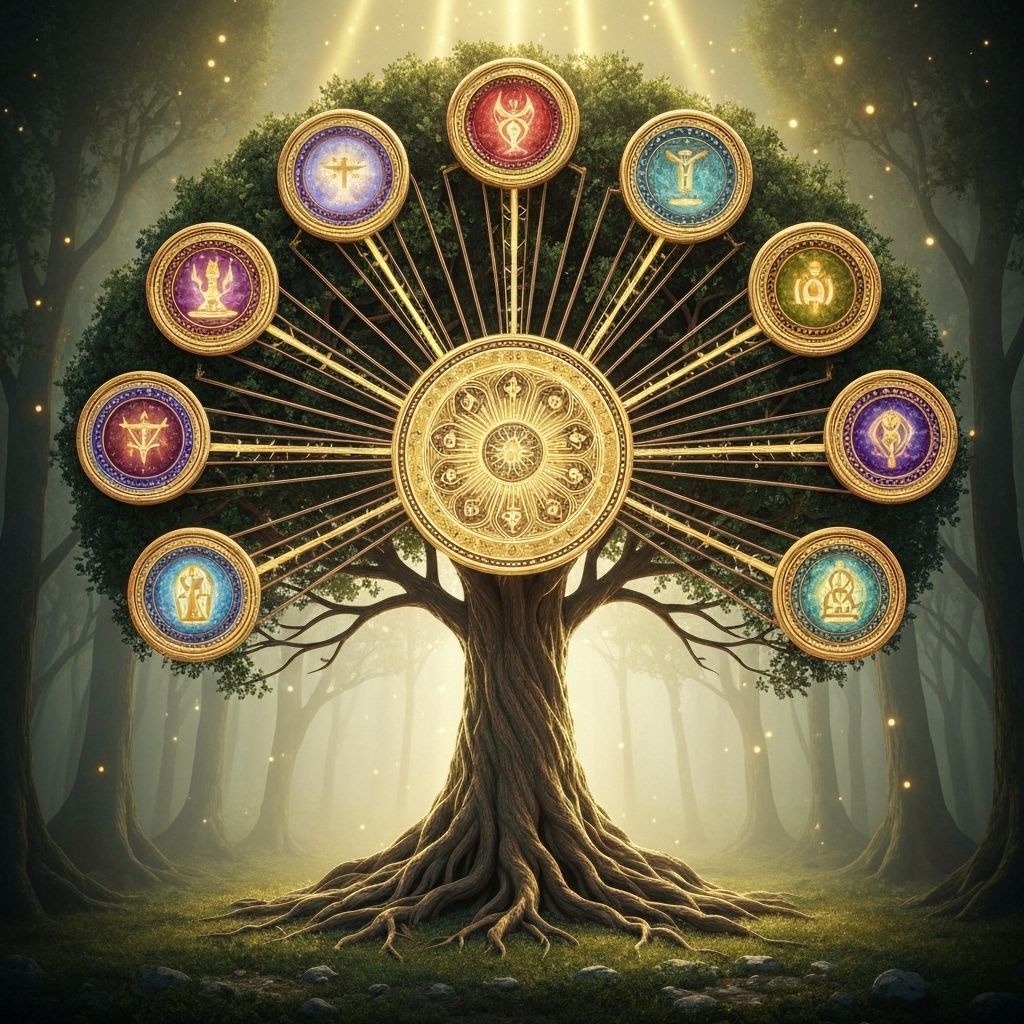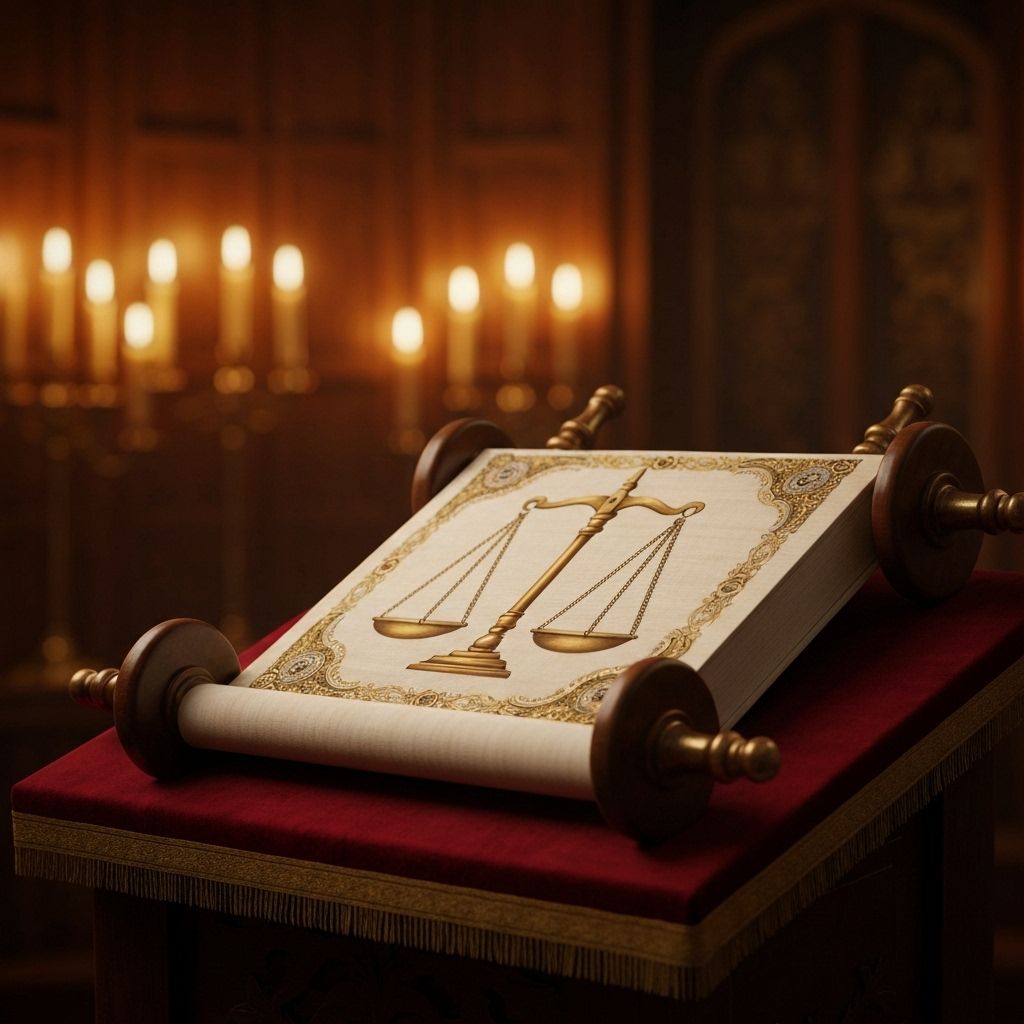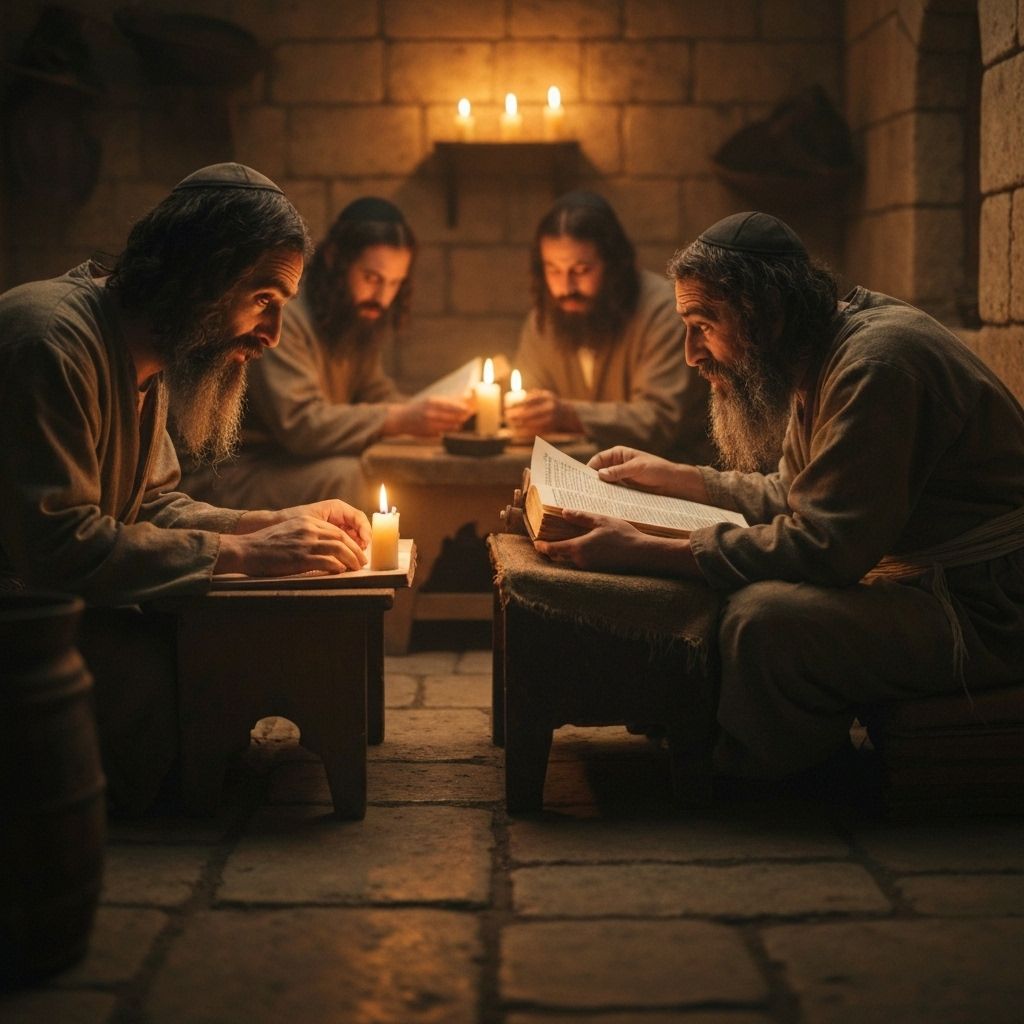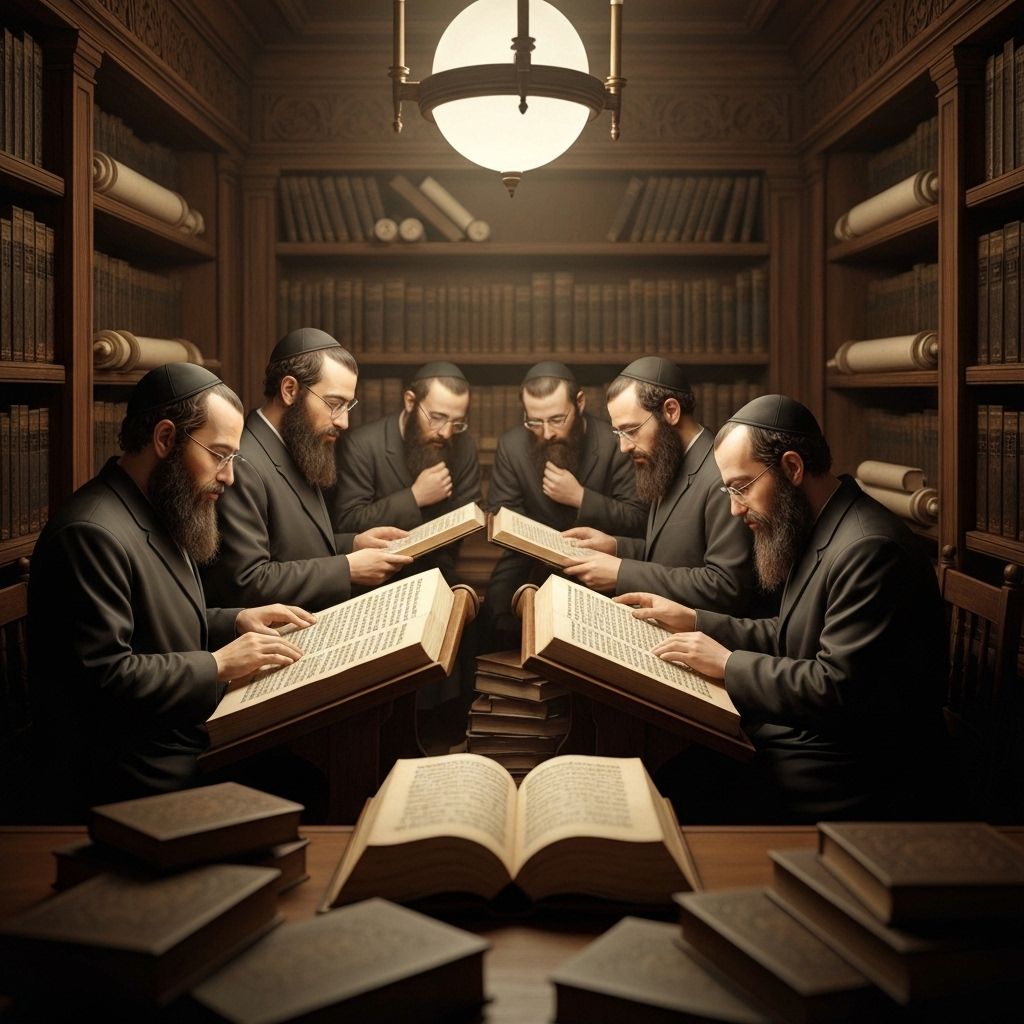3-Minute Summary
The Words of the Torah Explained with Help from Rashi and Ramban
Rashi (1040-1105) was a medieval French rabbi whose commentary on the Torah and Talmud is considered essential reading. His explanations focus on the plain meaning of the text and are known for their clarity and accessibility.
Ramban (1194-1270) was a Spanish rabbi, physician, and philosopher who provided deeper mystical and philosophical insights into the Torah, often building upon Rashi's work while adding his own profound interpretations.
The parsha begins by addressing the death of Aaron's sons, establishing that even priests must be careful about when and how they approach divine holiness. This incident becomes the basis for Yom Kippur procedures, showing how tragedy can lead to new rituals of atonement.
Yom Kippur is described as the day when the High Priest enters the Holy of Holies to perform the special service. This annual ritual provides atonement for the entire nation, showing that collective sin requires collective atonement through sacred procedures.
The High Priest's preparation involves special garments, immersion, and offerings, emphasizing that approaching divine presence requires thorough purification and reverence. The rituals create a structured path for human-divine encounter.
The two goats of Yom Kippur—one sacrificed, one sent to Azazel—represent the dual aspects of atonement: divine forgiveness through sacrifice and the removal of sins through symbolic exile. This shows that atonement involves both divine acceptance and human accountability.
The prohibition against entering the Mishkan at inappropriate times establishes boundaries around sacred space and time. This teaches that divine presence requires proper timing and conditions, not casual or self-determined access.
The laws of forbidden sexual relationships create ethical boundaries around family and intimacy. These prohibitions protect the family structure and prevent the social chaos that results from inappropriate relationships.
The parsha emphasizes that Israel must distinguish itself from surrounding nations through both ritual practices and ethical behavior. Holiness involves both what happens in the Temple and how people conduct themselves in daily life.
The connection between ritual purity and moral behavior shows that external rituals and internal ethics are intertwined. True holiness requires both proper worship and righteous living.

